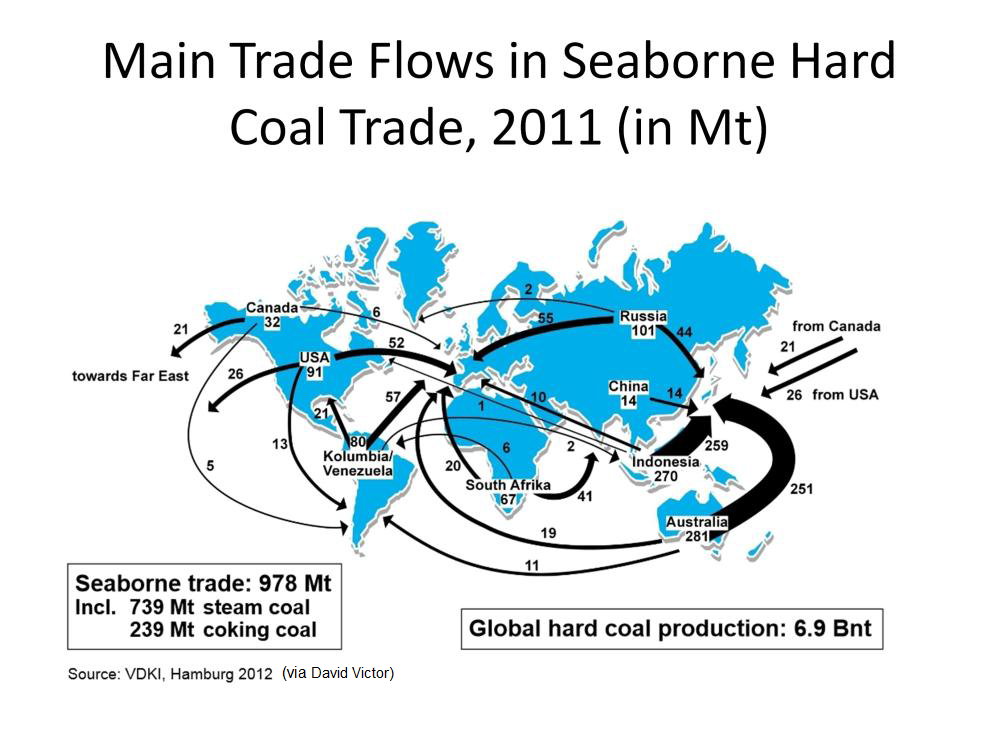Is democratic tyranny an oxymoron? If it were, why then did
the delegates at the American Constitutional Convention go to such pains to
carve up public or governmental power between the states and the federal
government, as well as between three “arms,” or “branches,” of the federal
government. Moreover, pitting ambition against ambition points to just how
dangerous ambition itself can be. When it is legitimated under the auspices of
democracy, democrats may have trouble coming up with justifications for
removing a democratically-elected tyrant. In this essay, I draw on the case of
Ukraine in early 2014 to suggest a few possible rationales.
Would it make a difference if the protesters were hitting other citizens rather than governmental forces? (Image Source: GlobalPost)
On February 19, 2014, violence erupted
between the police and the protesters bent on toppling the democratically-elected president. Twenty died on that day, and over seventy on the following day. While it might be
tempting to focus on “who started it,” a higher-yielding strategy goes after
the means used by the government to end the protests. Such means need not
involve violence. For example, after the second day of violence raging in Kiev, the president took part in a fruitful “all-nighter”
negotiation session with the protest leaders and E.U. officials.
To be sure, the president had an incentive to negotiate then, for his backing in the parliament was weakening. Violence rather than compromise had been his preference. Behind the scenes, the government had been paying titushki men to attack protesters whether they were being violent or not.
Heather McGill of the Europe and Central Asia Regional Program at Amnesty
International points to various reports of armed men carrying bats and other
makeshift weapons roaming around Kiev in organized groups and attacking
citizens presumed to be protesters.[1]
“(W)e have seen interviews with titushki where
they admitted they were being paid—there is definitely a body of young,
athletic men being paid by the government.”[2]
This practice obviously goes well beyond hiring people as counter-protesters,
and this distinction is vital in forming an argument founded on human rights
that can be used as a basis to re-conceptualize national sovereignty as inherently limited rather than absolute.
Specifically, in sanctioning payments to young athletic men tasked
with hurting and even killing citizens who are not being violent at the time of
attack, the Ukrainian president violated his governmental obligation to
protect the citizenry. This duty goes back to the social contract between kings
and subjects wherein the latter agreed to be ruled by the former, who in turn
obligated himself to protecting the subjects. This social contract survives in
the norm held around the world that a government is obliged to protect its
citizenry (including residents). Put another way, a government that violently
turns on its own people is typically viewed as having over-reached in a way
that violates a major postulate of its monopoly on legitimate force. When people are themselves being violent against each other or their respective
property, or are destroying public property, military or police force does
not involve such a violation of the conditions of governmental sovereignty because
protecting the citizenry includes stopping violence within the citizenry and a government acts legitimately to protect
public goods.[3]
Besides being a case of over-kill, paying thugs to wander
around Kiev (and other cities) to beat or kill citizens thought to have been in
the protests or to be protesting non-violently at the time exceeds and thus
violates a government’s legitimate use of force, which in turn comes out of the
concept of governmental sovereignty and thus national sovereignty. Such a
violation invalidates a government’s claim to the rights the sovereignty.
Crucially, this human-rights and sovereignty based argument applies to any
government official, regardless of how he
or she gained power. Hence, tyranny invalidates even a
democratically-elected government. Just as governmental and national
sovereignty are subject to limits based on the normative social contract and
the human right to life (which itself may be limited by committing violence),
democratic government also faces limits at the expense of unlimited license.
[1]
Olga Rudenko and Jennifer Collins, “Thugs Said to Roam in Ukraine,” USA TODAY, February 20, 2014.
[2]
Ibid.
[3] I
am assuming here that the case of citizens paid by the government to inflict
harm on other citizens pertains to governmental power rather than violence
between citizens.




